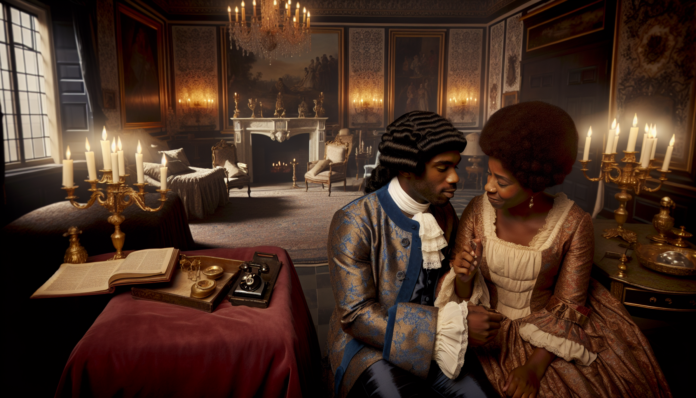Introduction
Sex scandals have long lurked in the shadows of royal history, but few resonate today like the series of lurid affairs involving Charles, Prince of Wales, and Camilla Parker Bowles. Their entanglement, which enveloped the British monarchy in controversy during the 1990s and into the early 2000s, reflected not just personal lapses but an explosive clash between tradition and modernity. At the heart of this scandal were the prevailing moral attitudes that viewed extramarital affairs as not only a private failing but a public disgrace threatening the very foundation of monarchy.
The Scandal
Imagine the landscape of British life in the early ’90s: the monarchy was still recovering from the tumultuous reign of Queen Elizabeth II’s children, marked by divorces and public scrutiny. However, in 1992, revelations about Charles’s adulterous relationship with Camilla Parker Bowles ignited a frenzy. While Charles was officially married to Diana, Princess of Wales, whispers of his ongoing affair with Camilla, dating back to the early ’80s, were amplified by biographies and tabloid exposés.
Key events unfolded in a series of bombshell interviews and clandestinely recorded phone calls. One infamous leak involved a 1989 phone call where Charles, humorously expressing his desire to be reincarnated as Camilla’s “tampon,” became an immediate sensation. This snippet encapsulated the intimacy yet absurdity of royal romance, shocking the nation and inviting ridicule.
Societal responses varied widely. The British public was captivated yet divided, with many empathizing with Diana, who was then emerging as a beloved national figure. Various newspapers dubbed Diana the “People’s Princess,” further complicating public sentiment surrounding Charles and Camilla’s dalliance.
Moral and Cultural Analysis
Reactions were swift and multifaceted. On one hand, the scandal reinforced traditional views on the sanctity of marriage, with many decrying Charles’s infidelity as a betrayal not just to Diana, but to the monarchy itself. On the other, it ignited a wave of sympathy for Diana, who was painted as a struggling figure amidst her husband’s betrayal, helping to reshape public perception of the royal family.
Consequences were severe. In the wake of the scandal, the couple faced immense public backlash. Charles’s popularity plummeted, and the monarchy’s image was deeply tarnished. This tumult culminated in Diana’s tragic death in 1997—a moment that shifted the narrative entirely and forced the monarchy to confront its relevance in a rapidly changing society.
Fast forward to today, and one might view Charles and Camilla’s relationship through a very different lens. Current societal values, influenced heavily by movements advocating for transparency and authenticity, would likely approach the scandal with a blend of curiosity and skepticism. There’s a stronger emphasis on understanding the complexities of personal relationships in the modern dialogue surrounding infidelity, as well as the images portrayed by the media.
In stark contrast to the days of strict moral codes and reverence for public figures, today’s audience often prioritizes individual narratives over traditional narratives. Infidelity in modern celebrity culture is often met with both condemnation and an ironic acceptance.
As the world continues to grapple with changing societal norms, the legacy of this scandal remains a poignant reminder of the intersection between personal folly and institutional ramifications, revealing how the British monarchy has navigated the shifting tides of public sentiment and morality over decades.

